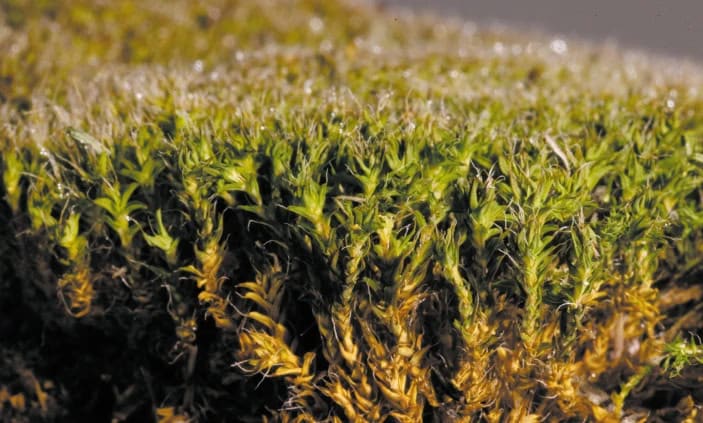According to the authors of a new scientific paper, an unusual biological species is suitable for living on the fourth planet without any previous conditions in its current state. Being a photosynthetic organism, it can produce significant amounts of oxygen. Interestingly, a candidate for terraforming on Mars remained viable after spending a month in liquid nitrogen.
In the 1990s, researchers determined that Mars could be habitable using current technology called super greenhouse gases, such as elegas (sulfur hexafluoride). Since these gases are tens of thousands of times more effective as greenhouse gases than CO2, even a tiny amount would be enough to trigger warming on the fourth planet, melting the polar caps and returning Mars to a warm (up to 1000 degrees Celsius) and wet world, as it was billions of years ago.
However, full-fledged terraforming is unthinkable without oxygen in the atmosphere. This needs to be developed by some photosynthetics, and the sooner the better because this process will take centuries. The only problem is that the Red Planet’s average temperature today is minus 63 degrees Celsius; that is, 78 degrees lower than on Earth.
Similar conditions exist on our planet: for example, the average temperature at the “East” station of Antarctica is minus 47.4 degrees. But even in such places the minimum does not fall below minus 70-80 degrees. Mars is much harsher in this sense: even at the equator, where in the summer noon it can reach plus 35, in winter at night it reaches minus 125, and at the poles – minus 153. Low temperatures mean dryness, that is, drought – the most terrible scourge of earthly life.
A group of Chinese scientists published in the journal Innovation, The study reviewed showed that some terrestrial organisms can survive even in such conditions.
The moss they examined Syntrichia caninervisIt was subjected to a series of experiments growing in the Mojave Desert and demonstrated the ability to survive the loss of over 98% of the water in its cells and then return to photosynthesis. Moreover, the time to return to photosynthesis after such events was only a few seconds after contact with water.
Moss was able to return to normal life not only after five years of freezing in a dark refrigerator at minus 80 degrees, but also after being immersed in liquid nitrogen for a month (minus 196 degrees). There is no such temperature on the flat parts of Mars. They probably occur on the highest local mountains, such as the 20-kilometer Mount Olympus.
To comprehensively test the survival of the moss in Martian conditions, the moss was placed in an oxygen-free, moisture-free atmosphere and then exposed to long-term cooling and high levels of ultraviolet radiation.
Like many mosses, this species is quite resistant to radiation. Current experimental data are insufficient to understand the doses at which it is guaranteed to die. However, the dose after which there is a 50% chance of death is now estimated to be five thousand grays. The actual annual radiation dose on the surface of Mars is about 22,000 times lower than this level.
Based on all this, the researchers concluded that Syntrichia caninervis is a promising candidate for the role of a pioneer plant in the colonization of a complex environment that “could lay the foundation for the construction of biologically stable regions suitable for human habitation outside Earth.” “
At the same time, of course, in order for such algae to survive on Mars for a long time, water must enter the soil with it. The authors of the new study defined the mode of moistening moss after “tests” as watering every three days at a temperature of 20 degrees during the day and plus eight at night. If southern temperatures of this level are quite common on Mars, then the night temperature would be much lower even in summer.
The situation with the hydration regime is also uncertain: although many parts of Mars are covered in permafrost under literally several centimeters of regolith, it is not known how often this ice can melt and then freeze. Water seeping from slopes in some parts of the Red Planet could theoretically provide the necessary volumes of water for moss.
However, these fumes are moderately dispersed on the planet. Therefore, today the potential photosynthetic zone of this type of algae is significantly limited. Obviously, it will expand significantly if average temperatures increase after the start of terraforming.
Source: Port Altele
